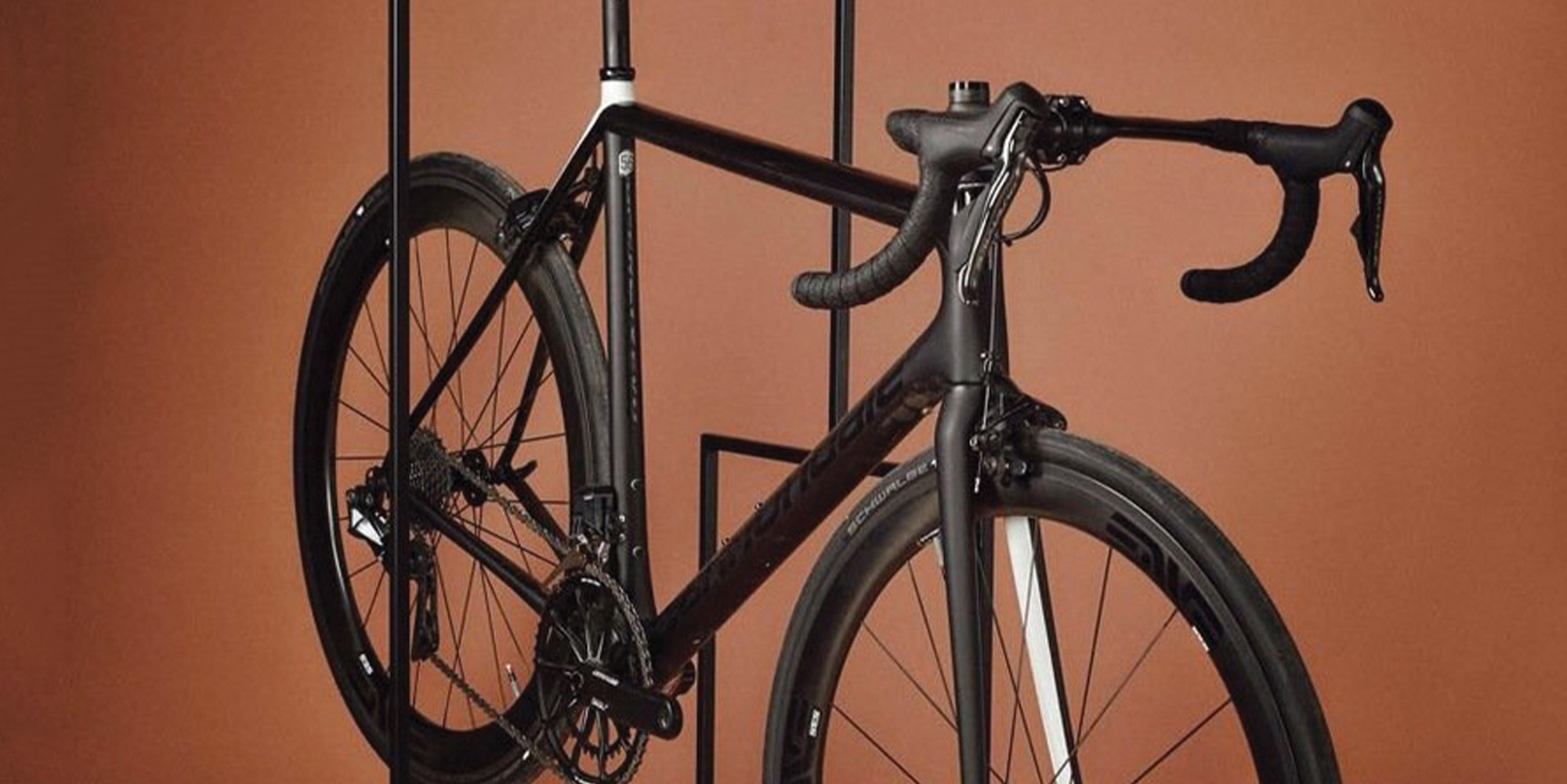

BICYCLE STORAGE AT WINTER SEASON
Author: Demendi Milán
As winter weather approaches, it
is time to prepare our bike well.
Let it be a winter dream or about
winding in damp, rainy and snowy weather,
it is important to be aware of what
to do. With the onset of cold and winter,
there are people who, due to external
obstacles when riding a bike to work,
for example, because they have nowhere
to change, stop to roll. Then there
are those who don’t have the clothes
they need for cold, wet weather. Then
there will be those who, on roads that
have become smoother, slippery and at
the same time, more dangerous, no longer
dare to take up cycling. Finally, there
are those people who simply fear for
their beloved bike in winter conditions
– such as corrosion caused by salt and
water. If you decide to rest your bike until
spring, you should keep the following
points in mind:
1. Clean the bike thoroughly. Use lukewarm
detergent water fi rst, then
clean. Finally, wipe the bike completely
dry. A used toothbrush can
be an ideal cleaning tool in narrow,
cramped, inaccessible areas.
2. Grease the bearings (steering, wheel and
centre bearings) and the bowden cables.
Simple machine grease does, but for better
effi ciency, it is advisable to use silicone or Tefl
on greases.
3. Oil the chain. It is not advised to use more
expensive, water-repellent or dry-chain oils
for the period of non-use, it is enough to
lubricate them with simple instrument oil.
4. Lubricate or blow off the sidewalls of the tires
with silicone to prevent them from cracking!
Tire care products are also available at service
stations and car shops.
5. Check the air pressure of the wheels, they
should be neither lower nor higher than
required!
6. It is advised to lower the used pressure, but
do not lower the tires completely, because if
the weight of the bicycle is completely on the
fl at tire in the long run, it can make the interior
more susceptible to defects.
7. Store the bike in a place where it is not
colder than 10 degree centigrade! Covered
with a thin sheet, the bike will be grateful,
you don’t have to start cleaning it
in the spring.
STORAGE OF E-BIKES
BATTERY
Let’s start with the most important thing, the
battery! To start the winter storage, it is advised
to have the e-bike battery charged between 30%
and 60%. In the long-term storage, this range is
ideal. There is still enough power in the battery
to ensure that the charge does not fall below the
critical level after several months, even after continuous
diving, on the other hand, the energy retention
capacity of the system is best at this charge
level. How can this charge level be kept?
The easiest way is to use the electric assist on our
last hike before the “winter dream”, until we have
drained the battery to the desired level based on
the display. If we choose the wrong distance of
the tour, even if we might not have gotten home,
we can choose to pedal home with or without the
assistance or when we get home, we can keep the
bike on a charger for a much shorter time than
usual. In this case, it can be a problem not to look
at the charge from time to time that is, to charge
a fully discharged battery to 70-80% can be less
than half the time of a full charge cycle. Meaning
charging is much faster at the beginning than at the
end.
However, if we don’t have the mood and the time to
discharge the battery, when approximately half full,
we have no cause for concern, we can put the battery
full charged for the winter. The 30-60% charge is optional,
only the most recommended, ideal solution.
However, it is important to mention that long-term
storage connected to a charger should be avoided
even during winter, do not leave the battery plugged
in for days!
However, proper battery storage is already in the
highly recommended category. If we keep our
electric bike in an unheated garage, shed or yard
during the winter months, the battery can be damaged
in cold weather and probably a dead battery
greets us when spring arrives. The goal is to ensure
that the battery cells are not completely discharged
during long-term storage. Not to be confused with
the discharge level when the bike stops below us during
normal usage because then you still have reserved

energy in it. The actual discharge is not
shown on the display, but if it falls below the
critical level, the battery will either become
inoperable or, more fortunately, will be able
to be brought back to life by a specialist. Also,
in this case, it will no longer be completely the
former, it will in any case lose its full capacity.
To avoid this, the best way is to remove the
battery from the bike and store it somewhere
in the house (approximately 20 ° C temperature,
low humidity). If you do not remove the
battery, it is recommended to store the entire
electric bicycle in a temperate place (a 10-15 °
C garage is also good idea, in which case you
should expect the battery to drain a little faster
than at 20 ° C storage).
How much a battery drains during storage
depends not only on the temperature, but
also, of course, on the battery itself or on its
controller. The saying, that the more expensive
is typically better is also actual here, that is,
batteries from reputable manufacturers will
overwinter with less energy loss and greater
safety. The batteries of the more advanced
models have a system that, like the “operation”
of the bears, puts the battery in a lower
energy state, a kind of a hibernation if the system
does not detect use for a long time. Lower
quality batteries, on the other hand, lose
their charge continuously and relatively quickly
during long storage, so they may require
recharging every 3 months. The point is, that
if you check that the charge has dropped below
30%, put the battery on the charger for at
least 30-40 minutes!
DISPLAY
For e-bikes, there is another battery on the
bike, namely in the display, so it is advisable
to store these displays at room temperature
as well. Displays without a battery can be left
on our bike.

STORING THE BICYCLE
From now let’s focus on the things we are used
to with conventional bicycles. Before storing, clean
your bike, infl ate the wheels, and check the
tire pressure from time to time to avoid damaging
the sidewall of the tire. Our bike “will be
grateful” if we store it cleaned in a dry place if
possible. This way we can minimize the likelihood
of rusting. It is not recommended to hang
up the bicycle in the air at the wheel (especially
for a heavier e-bike) as this can damage the rim.
The best way is to store a bike on its own wheels.
In the spring, before using it for the fi rst time, it
is advisable to inspect the entire electric bike by
an expert as he can fi x any technical error right
away. Careful bike owners plan ahead. In winter,
it is easier to do annual maintenance work
at bike repair shops and besides, it is usually at a
discounted price.

